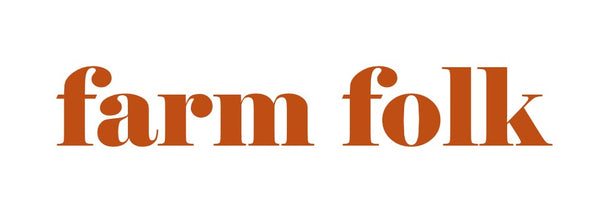The Garlic Farm
The Farm is located east of Elk Island Park in Lamont County. The boreal forest provided an environment for food, animals, and shelter for our descendants that crossed into North America over the Bering Strait. With the settled lands of immigrants, homesteading made a dramatic mark on the land. Large swaths of land were cleared by hand. Bison were gone, but were slowly established in Elk Island Park, located five minutes from the farm. Settlers plowing fields would regularly find arrowheads, stone tools, and other artifacts confirming that the area had been populated for over 8000 years. Sarcee, Beaver, Stony, and Blackfoot, with Cree, were predominantly in the area as Plains and Woodlands tribal divisions.
The Farm is also part of a UNESCO-designated biosphere, the Beaver Hills Biosphere. This geographical and biodiversity subregion has a variety of microclimates that support a rich mosaic of aspen forest, wetlands, Boreal Mixedwood Forest, sedge meadows, shrubs, and grassland. Beaver Hills Dark Sky Preserve is part of the farm boundaries and an amazing location for stargazing. While stargazing at the night sky, you will see star clusters, nebulae, and galaxies. Winter is also the perfect time to see the Aurora Borealis.
Within a 40-minute drive from the capital city of Edmonton, or a 20-minute drive from Sherwood Park, this is a place of quietness, where starry skies shine next to city lights. This is where Cree and Metis have lived and hunted, and where the boreal forest is protected, along Elk Island Park, being the cornerstone of Canada’s bison conservation story.
This gentle wilderness, a place of aspen woodlands and prairie meadow, of towering elk and howling coyotes, of rolling landscapes dotted with quiet ponds and wetlands. This is where people come to escape the noise, looking to reconnect with themselves, the wild blue skies, and a thousand shades of green. The Farm is a sanctuary, a refuge for wildlife and people.
What is a biosphere reserve?
Biosphere reserves are learning places for sustainable development. They are sites for testing interdisciplinary approaches to understanding and managing changes and interactions between social and ecological systems, including conflict prevention and management of biodiversity. Biosphere reserves are nominated by national governments and remain under the sovereign jurisdiction of the states where they are located. Biosphere Reserves are designated under the intergovernmental MAB Programme by the Director-General of UNESCO following the decisions of the MAB International Coordinating Council (MAB-ICC). Their status is internationally recognized.

